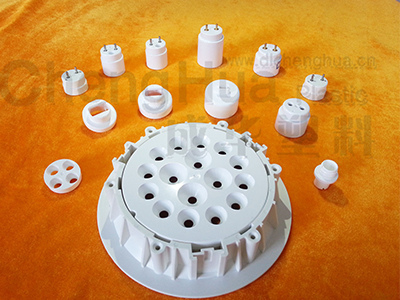Due to the volume shrinkage of injection molding in Dalian, the surface raw materials at the wall thickness are pulled in, and there are concave marks on the surface of the finished product. Shrinkage is one of the most undesirable phenomena on the surface of finished products, mostly at the wall thickness. Generally, if the pressure decreases, the shrinkage probability will be greater. When designing the mold, it is necessary to consider removing unnecessary thickness. Generally, the wall thickness of the molded product must be as uniform as possible.
If the molding temperature of injection molded parts is too high, shrinkage is easy to occur on the back of wall thickness, ribs or protrusions. This is because the places easy to cool are solidified first, and the raw materials of the parts difficult to cool will move there. Try to control the shrinkage in a place that does not affect the quality of finished products. Generally, reduce the molding temperature and mold temperature to reduce the shrinkage of raw materials, but it is bound to increase the pressure. The existence of marks indicates that the molding shrinkage here is higher than that of its surrounding parts.
If the shrinkage of the molded part in one place is higher than that in another, the cause of warpage of the molded part. The residual stress in the mold will reduce the impact strength and temperature resistance of the molded parts. In some cases, adjusting process conditions can avoid dents. For example, during the pressure holding process of the molded part, additional plastic material is injected into the mold cavity to compensate for the molding shrinkage. In most cases, the gate is much thinner than other parts of the part. When the molded part is still very hot and continues to shrink, the small gate has been cured. After curing, the pressure maintaining has no effect on the molded part in the mold cavity.







